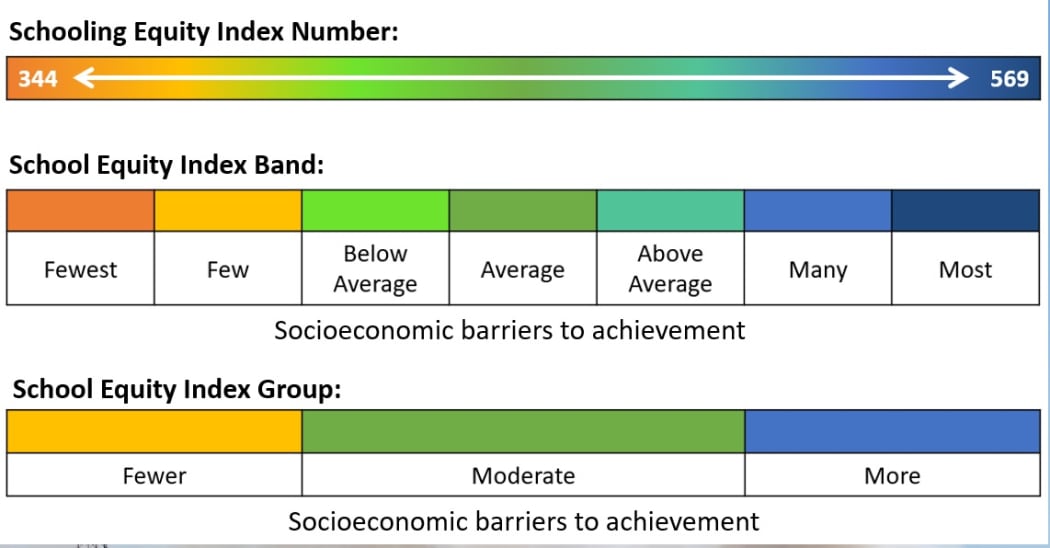
The Education Ministry tested a range of different ways of grouping schools, before coming to the new method. File photo. Photo: 123RF
The Education Ministry has come up with a new method of grouping schools with similar levels of socio-economic disadvantage among their students.
Schools will be sorted into seven bands using the equity numbers that replaced decile numbers more than a year ago.
Principals say the system will allow comparisons between schools with similar characteristics.
It was not clear until this week how the equity index numbers would be used to group schools for reporting national-level data like NCEA achievement and attendance.
The equity numbers ranged from 344 to 569 and were based on personal data about every student - such as whether their parents were on a benefit or had been in prison - but they did not create obvious cut-off points for dividing schools into groups with similar characteristics.
However, the Qualifications Authority recently provided RNZ with information that grouped schools using the index numbers.
The information put schools into three broad groups - those with fewer socio-economic barriers to achievement, those with moderate barriers, and those with more.
For more detailed analysis there were seven bands each containing roughly the same number of schools and ranging from those with "fewest" barriers to achievement to those with the "most" barriers.

Photo: Supplied
The Education Ministry said it tested a range of different ways of grouping schools.
"This analysis indicated that seven bands struck a good balance between providing sufficient granularity to adequately understand the trends we are seeing, and also ensuring each band contained an adequate number of students and schools to ensure the statistics we produce are robust and accurate."
Auckland Primary Principals Association president Kyle Brewerton said a system for grouping schools was essential for evaluating the success of initiatives aimed at raising achievement or improving attendance.
"You've got something like 300 different numbers to pick from, to try and make any sort of evaluative judgements around the impact of various initiatives is impossible.
"So it's good to see that they have made some form of decision and now we can start saying okay for those schools at the lower end we can see the impact of this and equally for those at the upper end," he said.
He said most people still seemed to think about schools in terms of deciles, but the new system made it harder for people to make erroneous judgements about school quality based on their equity index number.
"It's much more difficult to give a blanket label to certain schools when it's as convoluted as it is," he said.
Secondary Principals Association president Vaughan Couillault said putting schools into bands and groups would allow them to compare their results to those of schools with similar communities.
Somerfield School principal Denise Torrey said equity numbers had not yet caught on, with people still talking about deciles.
"I try and use the word 'equity' but then if you ask me my number I would have to go and remember. But I definitely knew I was a decile 8. The teachers would probably mainly use deciles and probably the community. I know people ring up and ask us when they are enrolling 'what decile are you'. I guess that gives you an indication," she said.
Torrey doubted the new terminology, 'fewer', 'moderate', 'more' and so on, would replace high-decile, mid-decile and low-decile any time soon.
"No, I can't see that and maybe by using those we'd just trade one system for another. But there is a lot of information behind an equity index number and that's not easy to explain in short-hand, so they've gone for short-hand."





